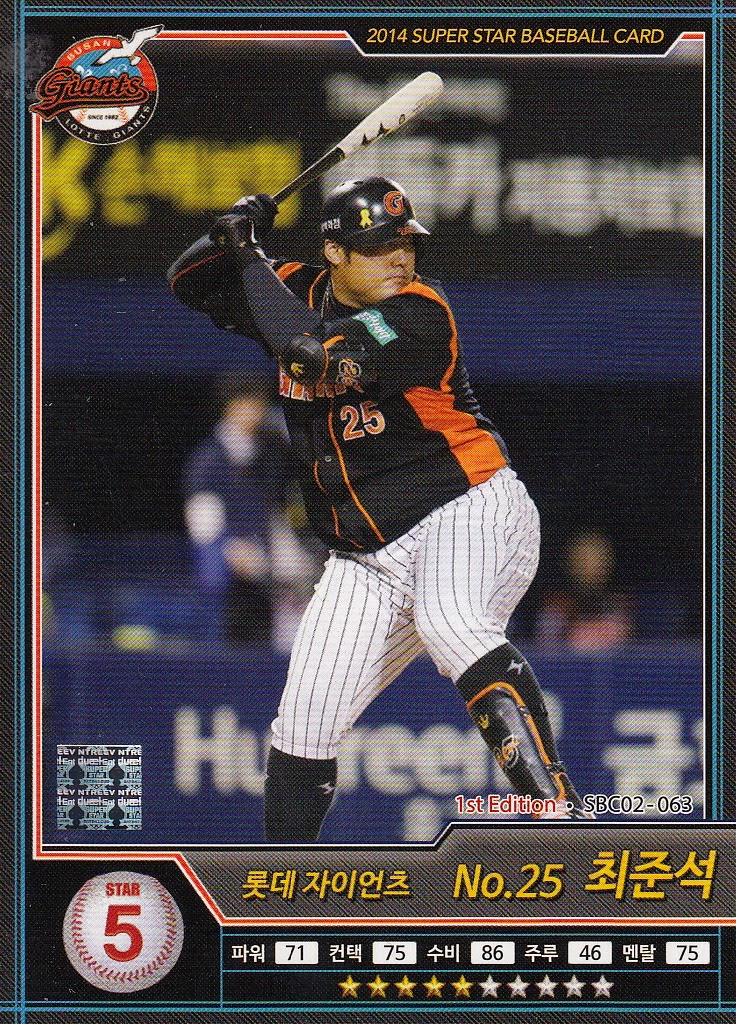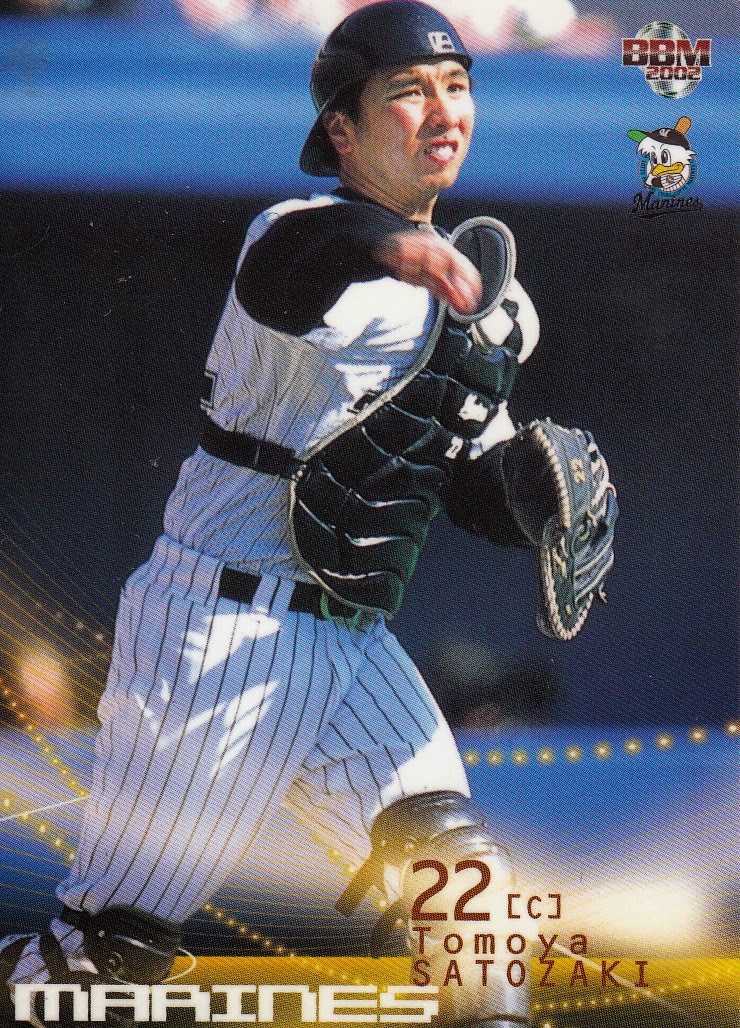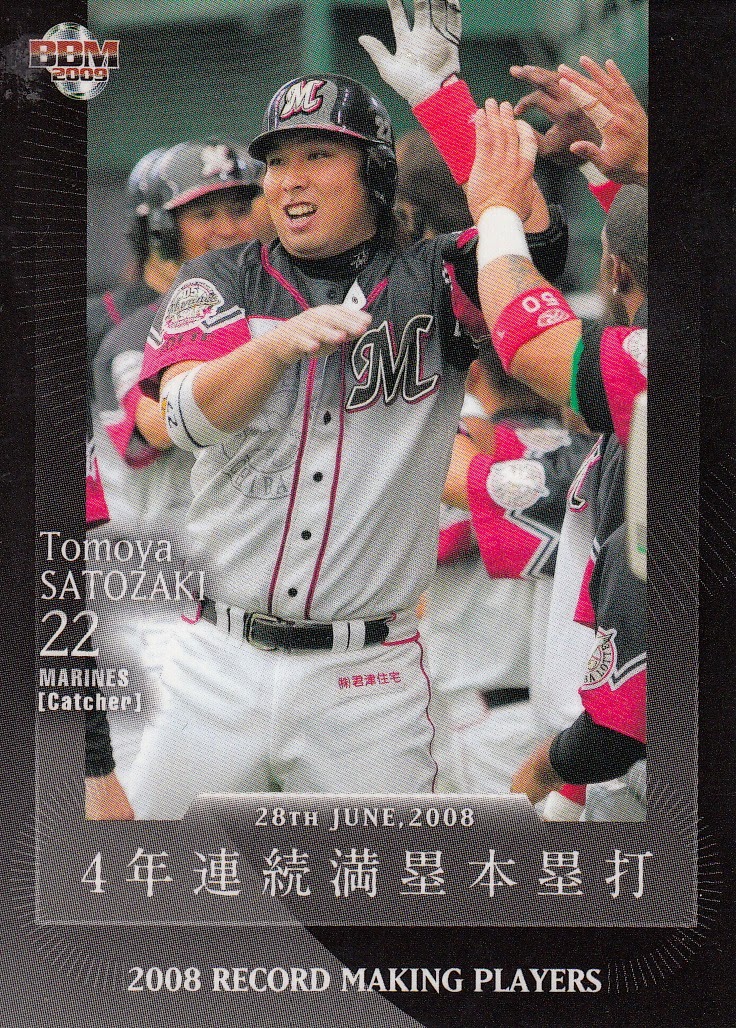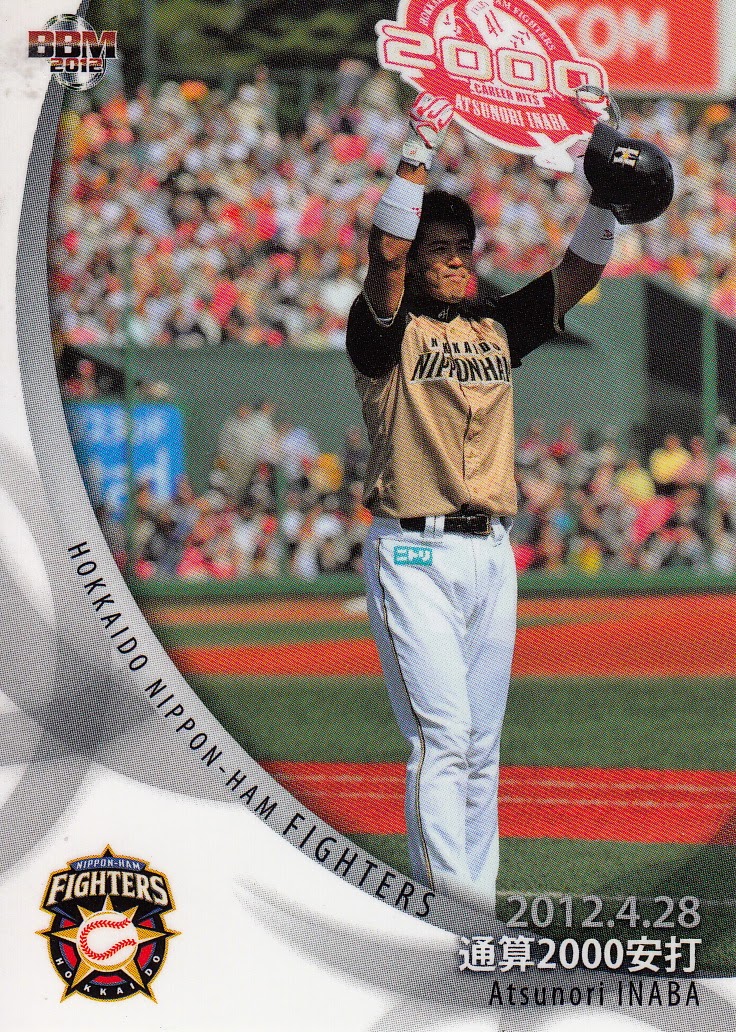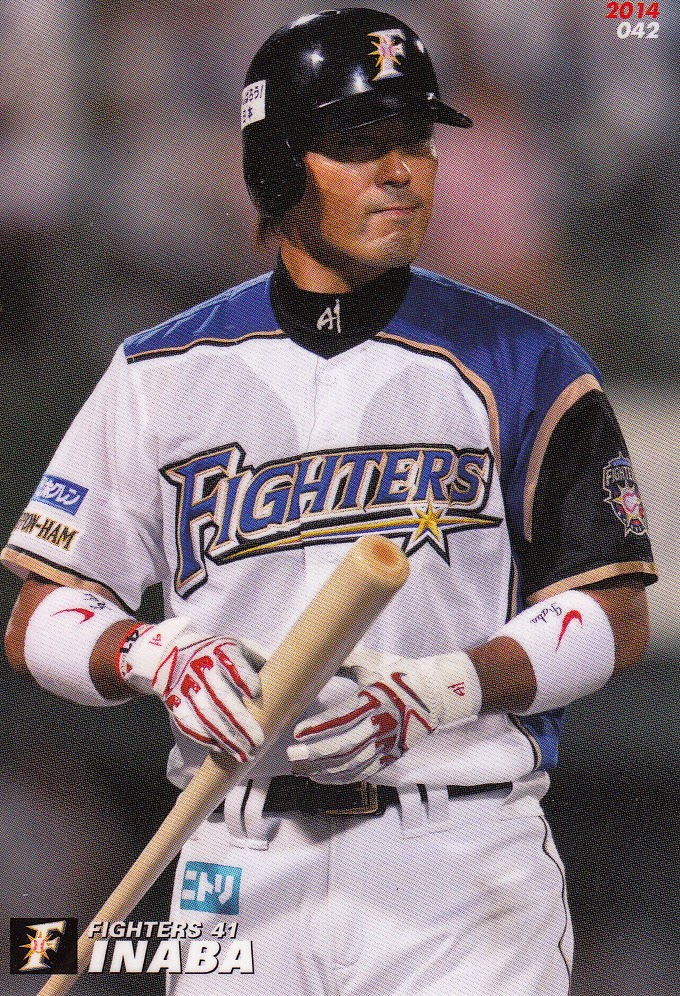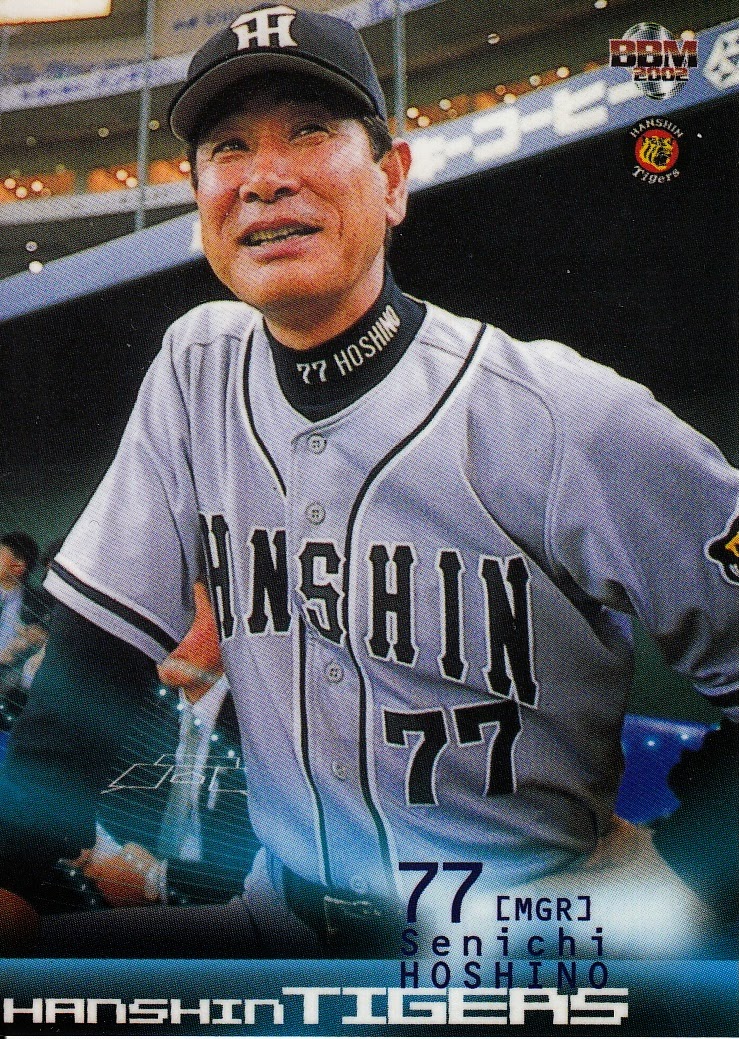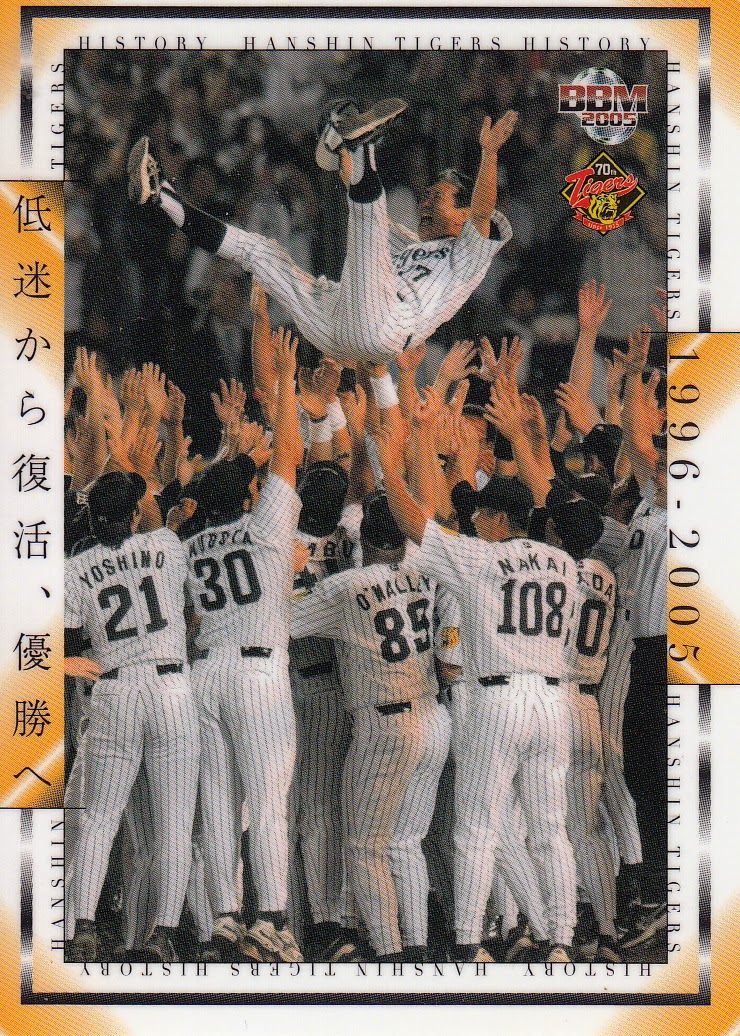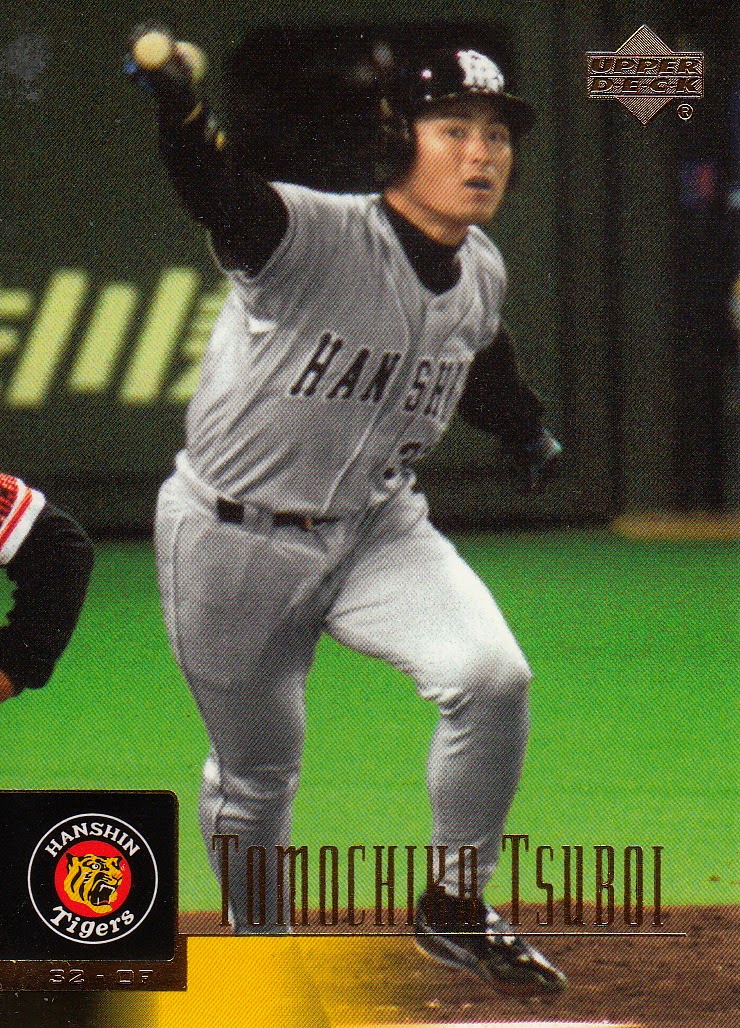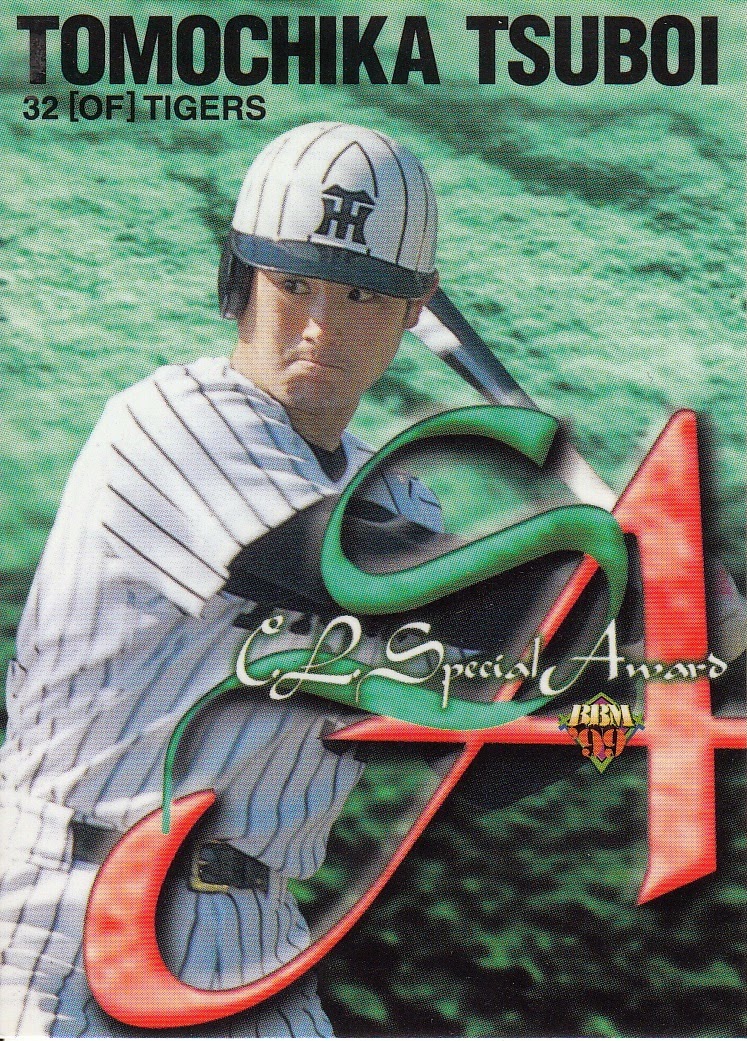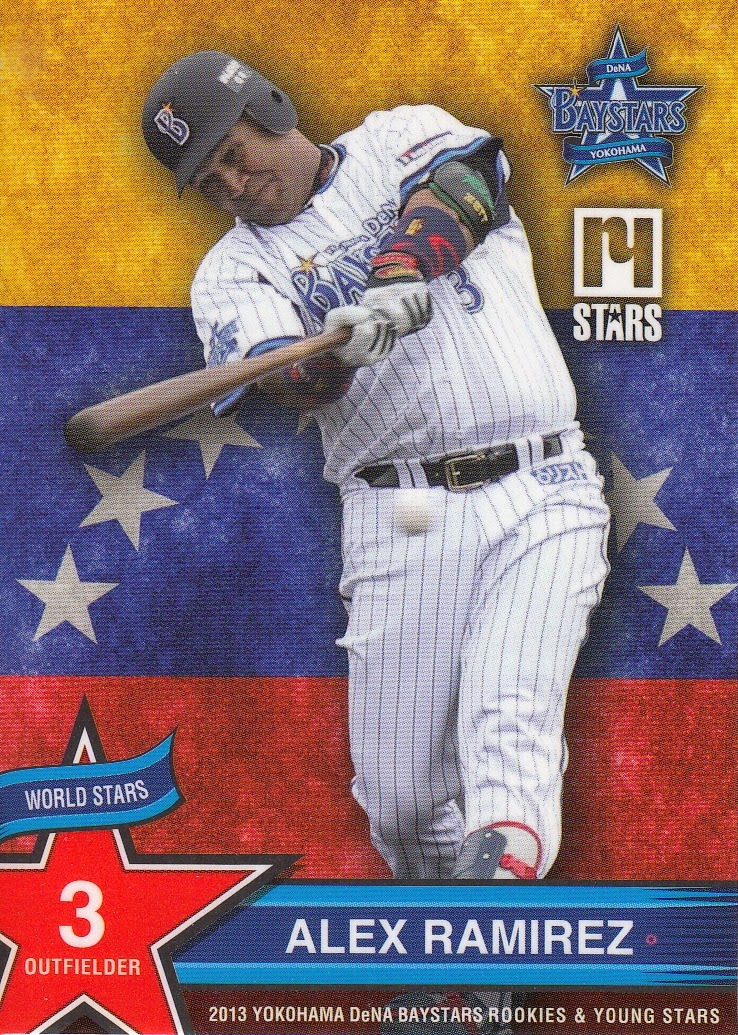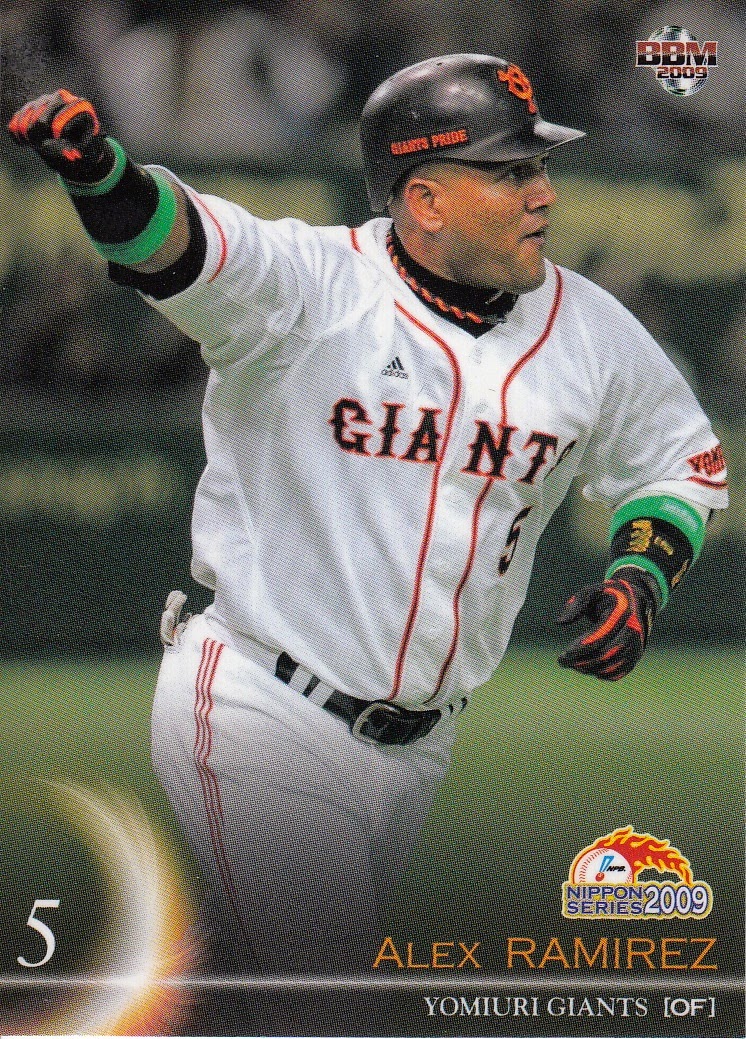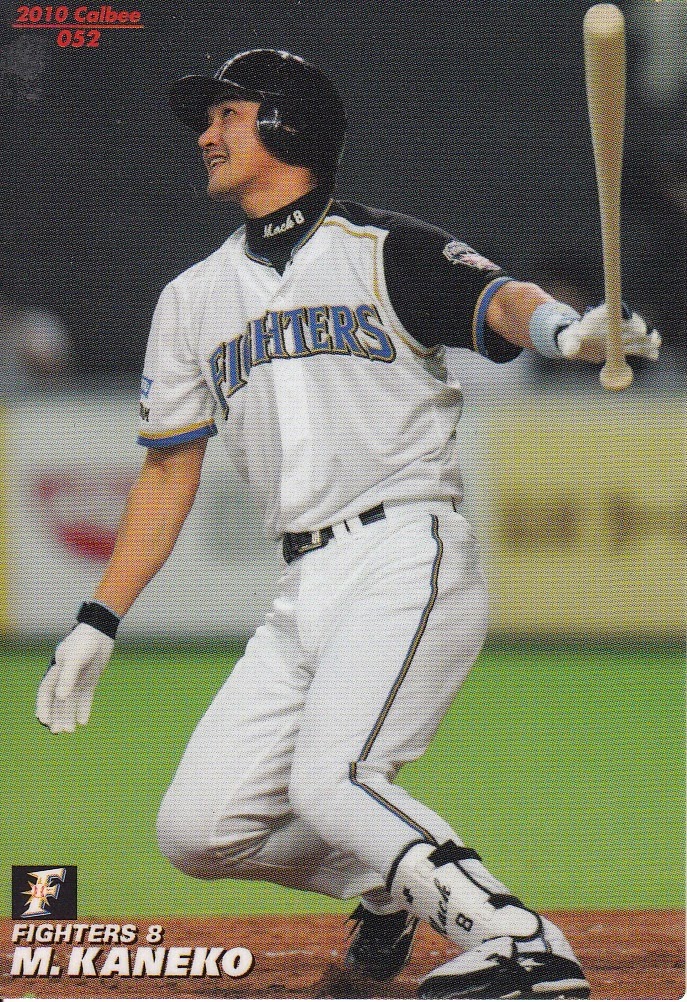1974 was a transitional year for the Yomiuri Giants, although they may not have know it at the time. The Giants had won their ninth consecutive Central League pennant and Nippon Series championship in 1973 and there was little reason to think that they wouldn't win their tenth in 1974.
Shigeo Nagashima was coming off a down year in 1973. He hit below .300 for the second consecutive year and only hit 20 home runs, his smallest amount since 1967. In addition, an injury (I think it was a broken finger) had sidelined at the end of the season, making him miss the Nippon Series entirely. His manager Tetsuharu Kawakami had suggested that he consider retiring, but Nagashima rejected the idea. He would be 38 when the 1974 season started.
The 1973 pennant race probably should have been a warning to the Giants. After a number of years of having a fairly comfortable time winning the pennant, the 1973 season came down to the wire. The Giants defeated the Tigers on the last day of the season, clinching first place with only a half game to spare. The third place Dragons finished 1.5 games behind the Giants - in fact only 6.5 games separated the pennant winning Giants from the last place Carp.
1974 saw the Dragons and the Giants in a dog fight that Chunichi eventually won. On October 12, with just two days left in the season, the Dragons clinched the pennant, ending the Giants' streak. With the pennant lost, Nagashima announced his retirement. The decline in his statistics had continued in 1974 - he finished with a .244 average and 15 home runs, both career lows.
His final game and retirement ceremony would be October 14. It would be a double header against the Dragons. It's unclear to me if that was a scheduled double header or not. It looks like October 13 was a rainout but I don't know if it was a single game that got combined with a scheduled game on the 14th or if the 13th was supposed to be a double header. Regardless, October 14 would be Nagashima's final games.
One odd quirk in all this is that the city of Nagoya, concerned that the Dragons' victory parade would be lost in all the coverage of Nagashima's retirement, scheduled the parade for October 14, meaning that the Dragons would basically send a ni-gun squad to Tokyo for the games, while manager Wally Yonamine and the team regulars were paraded through the streets of Nagoya to celebrate the Dragons' first pennant in 20 years (and only their second one ever).
As you would expect, Korakuen Stadium was packed to the rafters for the games on the 14th and Nagashima rose to the occasion. He homered for the 444th and final time in the first game. Sadaharu Oh also homered in the game, making it 105 times the ON Cannon would homer in the same game. Following the Giants' victory, he took a victory lap around the field, waving to the fans as they cheered him and threw confetti and bouquets of flowers on the field. Nagashima was overwhelmed by his emotions and was visibly crying while he walked around the field.
The second game was another Giant victory. I think Nagashima got the last hit of his career in his third at bat but I don't know the details. His final at bat was in the eighth - he ground into a double play.
After the game, the retirement ceremony began. Nagashima stood by himself in the center of the field and received bouquets of flowers from the Dragons and the Giants (presented by Oh). He then gave his retirement speech. Robert Whiting's "The Chrysanthemum And The Bat" has a translation of part of the speech in which he thanks the fans for all their support during his 17 year career. The Google translation of
Nagashima's Japanese wikipedia page indicates that he said something about "immortality forever my Giants". Following the speech, he shook hands with his teammates and left the field, again visibly crying.
Here's a couple You Tube videos I found for the event.
The first is a summary of the day, and features his final home run, his between game victory lap around the field, his final at bat and a portion of his speech. The second shows the whole post-game ceremony:
Unknown at the time, this game was also the final game for catcher Masahiko Mori, who had been with the Giants for 20 seasons. It was also the final game for Giants manager Kawakami, who would be replaced by Nagashima following the Giants exhibition games against the New York Mets in November.
This game and this ceremony are a big deal in Japan. I've seen this ceremony likened to the Lou Gehrig "Luckiest Man" speech. The Daily Yomiuri ranked it #4 among the top news stories of 1974. In 1999, NPB published a book celebrating 50 years of the two league system. The book had a section for each decade, listing a number of items regarding the decade including a Best 9 for each league for the entire period as well as a significant event during the decade. The event chosen for the 1970's is Nagashima's retirement. This was considered more significant than Sadaharu Oh passing Henry Aaron.
In 2000, BBM published a baseball card set dedicated to the best players of the 20th Century. One of the insert sets for this set was entitled The Scene and showcased great events for 10 players. One of the 10 was Nagashima and the event was his retirement:
![]() |
| 2000 BBM 20th Century Best 9 #S-03 |
In fact, this event is so significant that
when a Epoch did a series of Nagashima figurines back in 2007, one of the three figurine poses is Nagashima giving this speech.
Obviously an event this momentous has made its way onto baseball cards other than the just the one above. There's a 36 card "ON Series" included in Calbee's 1974-75 set that appears to be dedicated to this day. I only have a couple cards from this series but I'm pretty sure they all are from October 14. I'd like to believe that this first card shows him hitting his final home run but that may just be wishful thinking:
![]() |
| 1974/75 Calbee #428 |
I believe that this card shows Nagashima leaving the playing field for the last time, walking off with Oh:
![]() |
| 1974/75 Calbee #419 |
This card I know shows Nagashima receiving flowers from Oh during the retirement ceremony:
![]() |
| 1974/75 Calbee #426 |
In addition to the cards, Calbee issued a card album completely covered with images from the day:
![]() |
| Front Cover |
![]() |
| Inside Front Cover |
![]() |
| Inside Back Cover |
![]() |
| Back Cover |
The image of Nagashima standing in the middle of the field, giving his speech with the scoreboard behind him is apparently iconic in Japan. Besides the 2000 BBM 20th Century Best 9 card, BBM has used the image at least two more time - in the 1999 Mr. Giants set (a biographical set for Nagashima that I'm guessing was issued for the 25th Anniversary of his retirement) and in the The Scene subset in the 2002 Giants team set that was devoted to Giants history:
![]() |
| 1999 BBM Mr Giants #G34 |
![]() |
| 2002 BBM Giants #G107 |
BBM has done at least one other Nagashima set that I don't have so I'm sure this image appears on other cards. Epoch chose to use a different image in their
2014 Shigeo Nagashima Memorial Treasures set:
![]() |
| 2014 Epoch Shigeo Nagashima Memorial Treasures #18 |
Sources for this post include Robert Whiting's The Chrysanthemum And The Bat, Robert Obojski's The Rise Of Japanese Baseball Power and
Nagashima's Japanese Wikipedia page. Thanks also to
Ryan for bring those Nagashima figurines to my attention and to
Sean for having
a timely post about Calbee card albums that reminded me about the one shown here.








